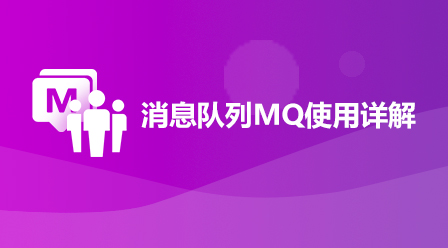Promise链通过.catch()捕获错误,async/await使用try...catch处理异常,两者需结合全局unhandledrejection事件和顶层.catch()确保所有错误被捕捉,避免程序崩溃。

JavaScript的异步错误处理策略核心在于如何优雅地捕获和处理Promise链和async/await中的异常,避免程序崩溃或产生难以追踪的错误。关键在于理解Promise的reject和try...catch的结合使用。
Promise链中的错误处理依赖于
.catch()
try...catch
Promise链如何优雅地处理异步错误?
Promise链的错误处理机制是基于
.catch()
.catch()
.catch()
立即学习“Java免费学习笔记(深入)”;
例如:
fetch('https://api.example.com/data')
.then(response => {
if (!response.ok) {
throw new Error('Network response was not ok'); // 模拟一个错误
}
return response.json();
})
.then(data => {
console.log('Data:', data);
// 进一步处理数据
})
.catch(error => {
console.error('There was a problem fetching the data:', error);
// 用户友好的错误提示
});在这个例子中,如果
fetch
response.ok
throw new Error()
.catch()
.catch()
.then()
.catch()
async/await如何使用try...catch进行错误处理?
async/await简化了异步代码的编写,但错误处理依然重要。
async
await
try...catch
看下面的例子:
async function fetchData() {
try {
const response = await fetch('https://api.example.com/data');
if (!response.ok) {
throw new Error('Network response was not ok');
}
const data = await response.json();
console.log('Data:', data);
return data;
} catch (error) {
console.error('There was a problem fetching the data:', error);
// 可以选择重新抛出错误,或者返回一个默认值
throw error; // 或者 return null;
}
}
fetchData().catch(error => {
console.error('Global error handler:', error);
});这里,
try...catch
await
fetch
response.json()
catch
catch
注意,
async
async
try...catch
async
.catch()
如何在Promise链和async/await中统一捕获异常?
统一捕获异常的核心思想是在顶层设置一个全局的错误处理机制,确保所有未被处理的异常都能被捕获和记录。
一种方法是使用全局的
unhandledrejection
.catch()
window.addEventListener('unhandledrejection', event => {
console.error('Unhandled rejection:', event.reason);
// 可以发送错误报告到服务器
// 可以显示一个全局的错误提示
event.preventDefault(); // 阻止默认行为,避免浏览器控制台显示错误
});另一种方法是在
async
.catch()
async function main() {
// ... 业务逻辑 ...
}
main().catch(error => {
console.error('Global error handler:', error);
// 全局错误处理逻辑
});结合使用
unhandledrejection
.catch()
如何避免Promise链中的“吞噬”错误?
“吞噬”错误指的是在
.catch()
.catch()
console.error()
.catch()
.catch()
.catch()
fetch('https://api.example.com/data')
.then(response => {
if (!response.ok) {
throw new Error('Network response was not ok');
}
return response.json();
})
.then(data => {
console.log('Data:', data);
})
.catch(error => {
console.error('Error fetching data:', error);
// 重新抛出错误,让上层调用者处理
throw error;
});异步错误处理的最佳实践是什么?
异步错误处理没有银弹,需要根据具体场景选择合适的策略。一些最佳实践包括:
async
.catch()
try...catch
throw new Error()
unhandledrejection
.catch()
.catch()
JavaScript的异步错误处理是一个复杂但至关重要的领域。理解Promise链和async/await的错误处理机制,并结合全局错误处理策略,可以编写出更健壮、更易于维护的异步代码。
以上就是什么是JavaScript的异步错误处理策略,以及如何在Promise链和async/await中统一捕获异常?的详细内容,更多请关注php中文网其它相关文章!

每个人都需要一台速度更快、更稳定的 PC。随着时间的推移,垃圾文件、旧注册表数据和不必要的后台进程会占用资源并降低性能。幸运的是,许多工具可以让 Windows 保持平稳运行。




Copyright 2014-2025 https://www.php.cn/ All Rights Reserved | php.cn | 湘ICP备2023035733号